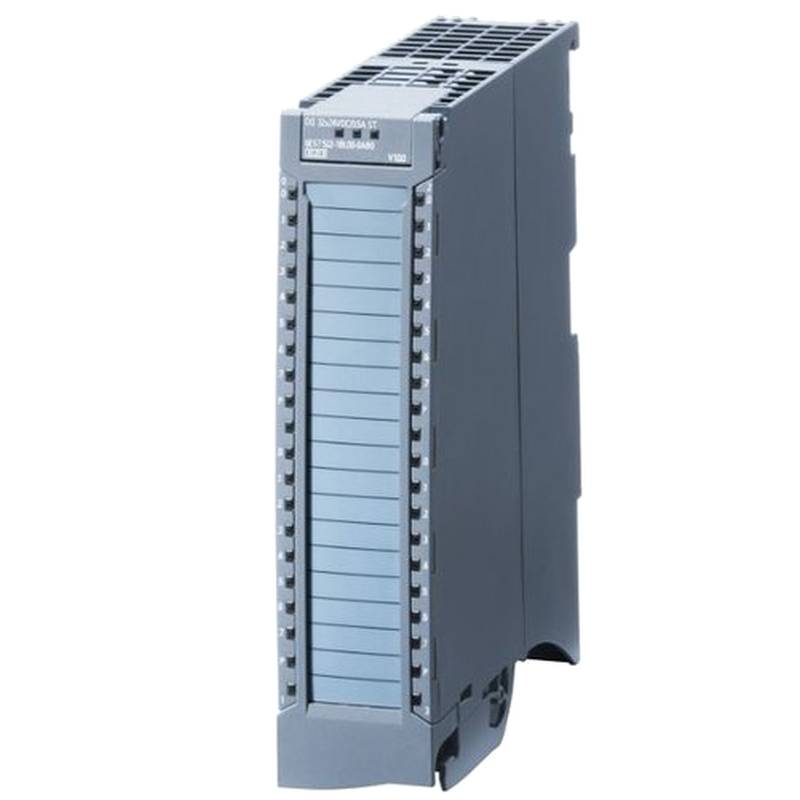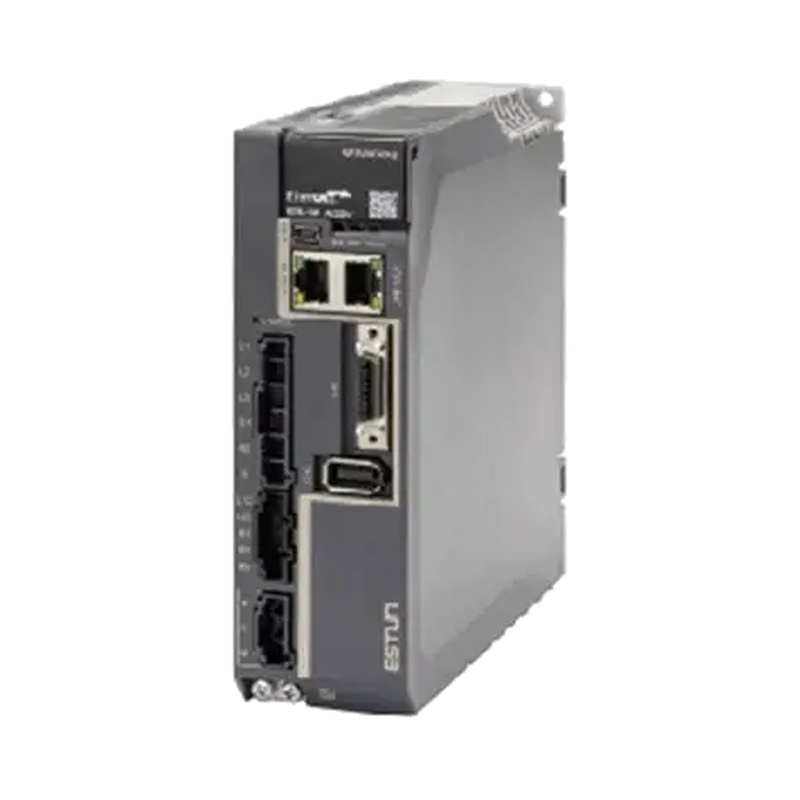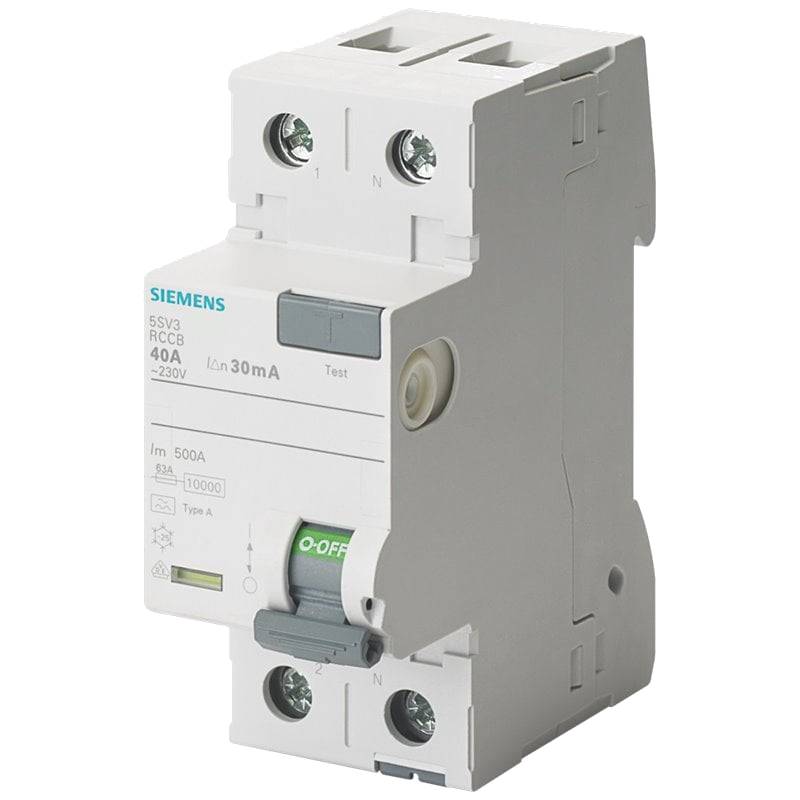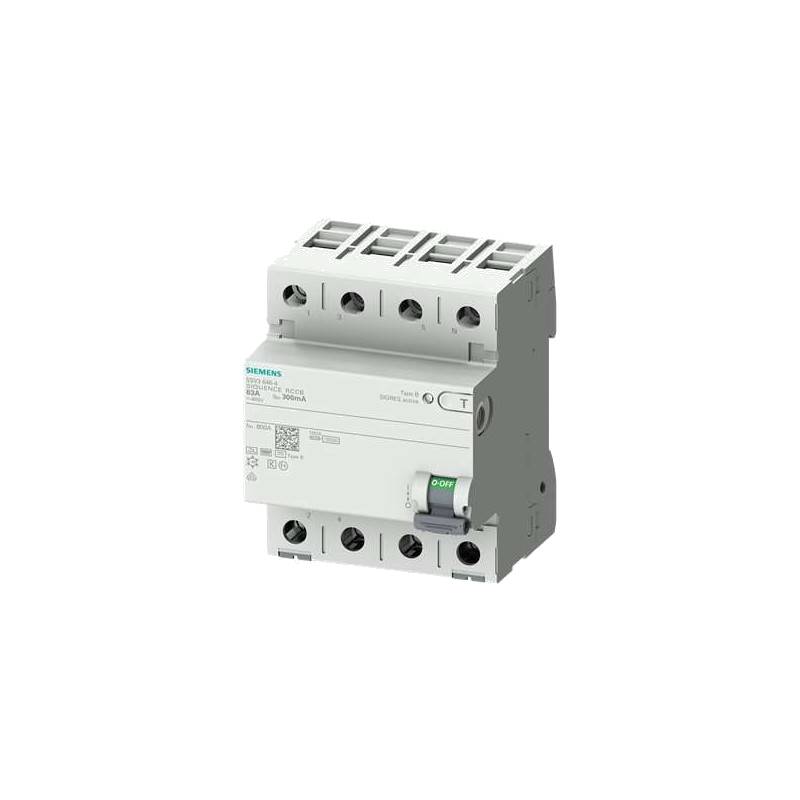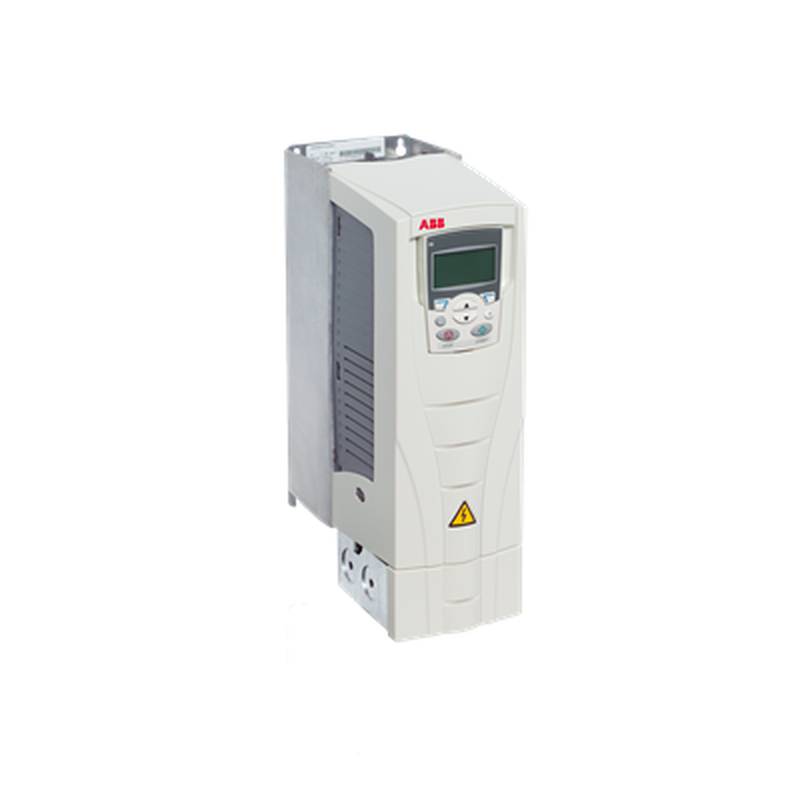
The Delta DVP08XP211R is an essential component for industrial automation, offering robust and reliable digital input capabilities. This 8-point module is designed to seamlessly integrate into Delta's DVP series Programmable Logic Controllers (PLCs), providing efficient signal acquisition for a wide range of machinery and processes. Its key advantages lie in its compact design, high-speed response, and exceptional durability, making it a preferred choice for demanding industrial environments. Critical technical parameters include its 24 VDC input voltage, 10 ms response time, and DIN-rail mounting compatibility, ensuring straightforward installation and operation.
Product Specifications
| Feature | Specification |
| :---------------------- | :-------------------------------- |
| Product Type | Digital Input Module |
| Model | DVP08XP211R |
| Input Points | 8 |
| Input Voltage | 24 VDC |
| Response Time | 10 ms |
| Isolation Method | Photo-coupler isolation |
| Mounting | DIN-rail |
| Dimensions (H x W x D) | 90 x 75 x 60 mm (approx.) |
| Operating Temperature | 0°C to 55°C |
| Storage Temperature | -40°C to 70°C |
| Humidity | 5% to 95% (non-condensing) |
Core Features & Market Positioning
The Delta DVP08XP211R distinguishes itself through its high-speed signal processing, crucial for applications requiring rapid response times, such as high-cycle machinery and automated assembly lines. Its photo-coupler isolation provides excellent noise immunity, protecting the PLC from electrical interference common in industrial settings and enhancing system reliability. As part of the widely adopted Delta DVP platform, the DVP08XP211R benefits from extensive compatibility with other Delta modules and controllers, offering a cohesive and scalable automation solution. This positions it as a cost-effective yet high-performance option for small to medium-sized automation projects where precision and dependability are paramount.
Key Application Scenarios
This digital input module is ideally suited for a multitude of industrial applications. It excels in machine control, where it monitors the status of limit switches, push buttons, and sensors to control machine operation. In process automation, the DVP08XP211R can be used to gather data from flow switches, level sensors, and pressure indicators to ensure processes remain within specified parameters. Packaging machinery frequently employs these modules for intricate timing and sequencing operations. Furthermore, it finds application in material handling systems, conveyor belt control, and automated warehousing solutions, where accurate input signal acquisition is fundamental to efficient operation.
Practical System Integration Guidance
Integrating the Delta DVP08XP211R into a control system is a streamlined process. The module is designed for direct DIN-rail mounting, simplifying its installation within control cabinets. Wiring involves connecting the 24 VDC power supply and the common terminal to the appropriate power source, while each of the eight input points connects to the respective digital sensor or switch. For programming, the DVP08XP211R is configured within the Delta ISPSoft or WPLSoft programming software. Users will typically map the input module's points to specific digital input addresses within the PLC program, enabling logic to be built around the incoming signals, such as activating relays, starting motors, or triggering alarms based on the status of connected devices.
Operation and Risk Mitigation
Proper operation of the Delta DVP08XP211R requires adherence to its specified voltage and environmental conditions. Users must ensure that the input voltage remains within the 24 VDC range to prevent damage to the module. Overloading the input points with higher voltages can lead to component failure. In terms of risk mitigation, proper grounding of the control cabinet and the module is essential to minimize electrical noise and prevent potential short circuits. Regular inspection of wiring connections for wear or damage is also a critical preventative measure. While the module is robust, common troubleshooting may involve checking power supply stability, verifying sensor functionality, and ensuring correct wiring in the PLC program. Always refer to the official Delta PLC manual for detailed fault code interpretation and specific diagnostic procedures.
Scalability & Long-Term Value
The Delta DVP08XP211R offers significant scalability, a key factor in its long-term value proposition. As automation needs grow, additional DVP series input/output modules can be easily added to expand the system's capabilities, thanks to the modular design of the DVP platform. This compatibility extends to various Delta PLCs, allowing for seamless upgrades and integration with more advanced controllers. For companies looking towards Industry 4.0 and the Industrial Internet of Things (IIoT), the DVP08XP211R serves as a foundational element. Its digital inputs can be leveraged by higher-level systems for data acquisition and analysis, contributing to predictive maintenance, process optimization, and the development of smart manufacturing environments.
Frequently Asked Questions
What is the primary function of the Delta DVP08XP211R?
The Delta DVP08XP211R serves as an interface to translate real-world binary signals into digital data for a PLC. It captures the ON/OFF status from devices like switches and sensors. This input data then informs the PLC's decision-making process for automated control.
How does the DVP08XP211R handle electrical noise in industrial settings?
It utilizes photo-coupler isolation, which provides a barrier between the field wiring and the PLC's internal circuitry. This effectively blocks high-voltage surges and electrical noise from affecting PLC operations. This enhances system reliability and protects sensitive PLC components.
What are the basic wiring requirements for the DVP08XP211R module?
Connect the module's power terminals to a stable 24 VDC power source. The common terminal should also be connected to the power supply's negative or ground, depending on wiring configuration. Each of the eight input terminals then connects to a separate digital sensor or switch.
Can the DVP08XP211R be used with PLCs other than Delta?
While it's designed for Delta DVP series PLCs, some advanced users might interface it with other systems via gateways or specific communication protocols. However, direct compatibility is limited to Delta's ecosystem for optimal performance. Always consult product datasheets for cross-compatibility information.
What is the input voltage specification for the Delta DVP08XP211R?
This module is designed to accept a 24 VDC input voltage for its digital inputs. It is crucial to supply the correct voltage to ensure proper operation and prevent module damage. Always verify the power supply output matches this specification.
What is the typical response time of the DVP08XP211R module?
The module boasts a fast response time of approximately 10 milliseconds (ms). This rapid signal acquisition is vital for time-sensitive applications like high-speed machine control and motion synchronization. It ensures quick reactions to input changes.
How is the DVP08XP211R mounted in an industrial control panel?
It features a standard DIN-rail mounting mechanism. This allows for quick and secure attachment to a 35mm DIN rail commonly found in electrical enclosures. Proper rail mounting ensures stability and easy access for maintenance.
What type of isolation does the DVP08XP211R employ for its inputs?
The module utilizes photo-coupler isolation. This technology uses light to transmit signals across an electrical gap, providing excellent noise immunity and electrical separation. This safeguards the PLC from voltage spikes and ground loops.
What is the maximum number of digital inputs this module provides?
The DVP08XP211R is an 8-point digital input module. This means it can monitor and process the status of up to eight individual digital signals simultaneously. This is suitable for many smaller-scale automation tasks.
What are the environmental operating conditions for the DVP08XP211R?
It is designed to operate within a temperature range of 0°C to 55°C and a humidity range of 5% to 95% (non-condensing). Adhering to these conditions ensures reliable performance and longevity. Extreme temperatures can affect module functionality.



















